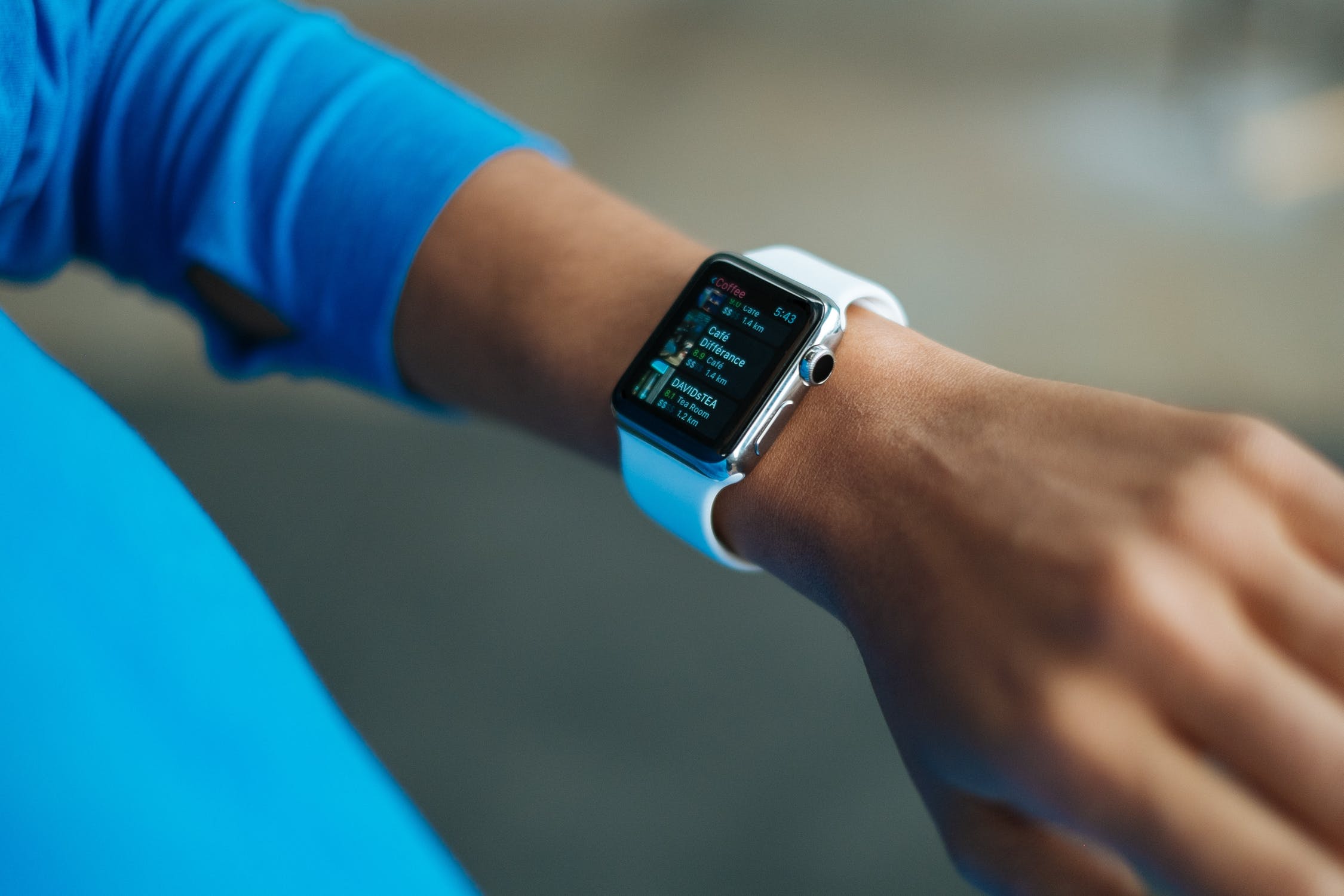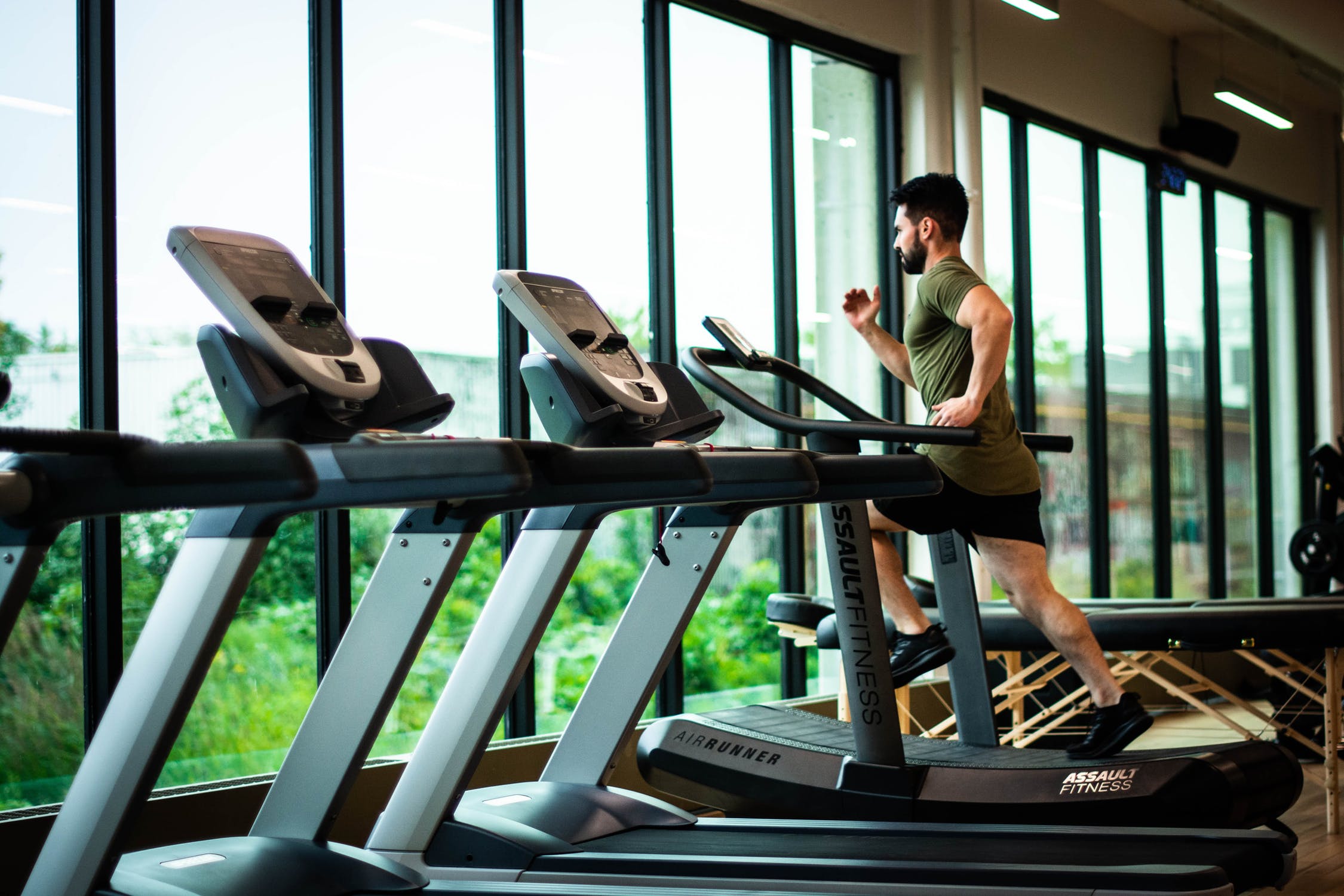Running for Bodybuilders – Can You Run and Still Maintain Muscle Mass
A lot of bodybuilders act like they have some kind of allergy to, or phobia of running. This is because they often hold the belief that it will make them more catabolic. Running burns fat but it also burns anything else the body can get its hands on in order to provide energy. This means you can quickly end up losing weight and that includes muscle mass.
But is it necessarily true? Read on and find out why you should reconsider including running in muscle-building programs.
The Plus Side
In defence of running, it is only fair that we remember that it was used by pretty much all of the classic bodybuilders to some degree or other. That means Arnold Schwarzenegger, Frank Zane, Franco Columbu, all of them used some kind of steady state cardio such as running. And if you look at today’s YouTube celebrities, most of them will also utilize some degree of running.
That’s because, in smaller amounts, running can provide just the stimulus you need to cut away the fat to reveal more definition and striations in the muscles. This is how you get cut, as opposed to just looking bulky. While the body will burn muscle, it will still look to fat stores first which are more readily available.
If you’re really afraid of running though, you can do what some modern bodybuilders do and simply power walk instead. This is a safer way to remove fat without hurting muscle.
An Added Bonus
What’s also important to remember though, is that running increases the size of your left ventricle. This is the part of the heart that pumps oxygenated blood around the body and thus it is largely responsible for your ‘stroke volume’. The bigger this gets, the lower your resting heartrate will be. And when that number gets low, it means you’ll produce less cortisol, less myostatin (which is responsible for muscle catabolisation) and more testosterone!
That’s right: although running might cause you to burn fat and muscle in the short term, in the long term it can actually help to make you more anabolic and even allow you to enjoy deeper and more restorative sleeps! And for this reason, it’s something that you shouldn’t write out of your training programs just yet
Oh and then there’s the other thing: running makes you fitter and that means you can workout harder!





